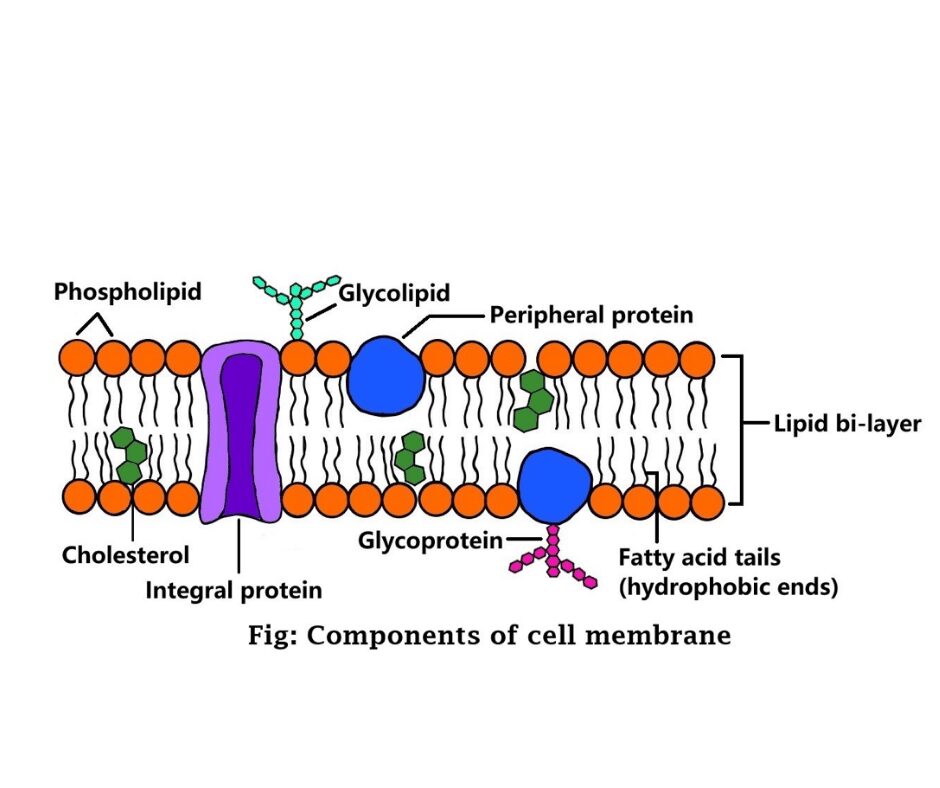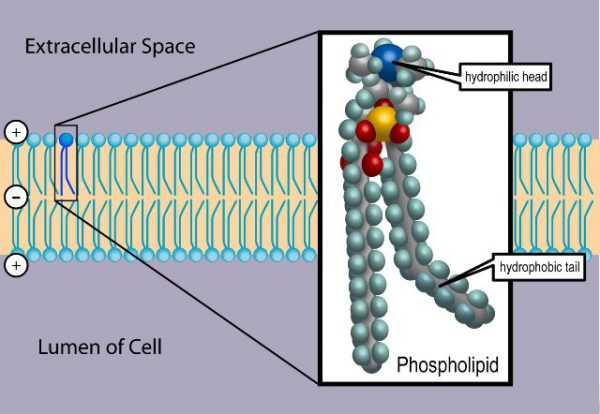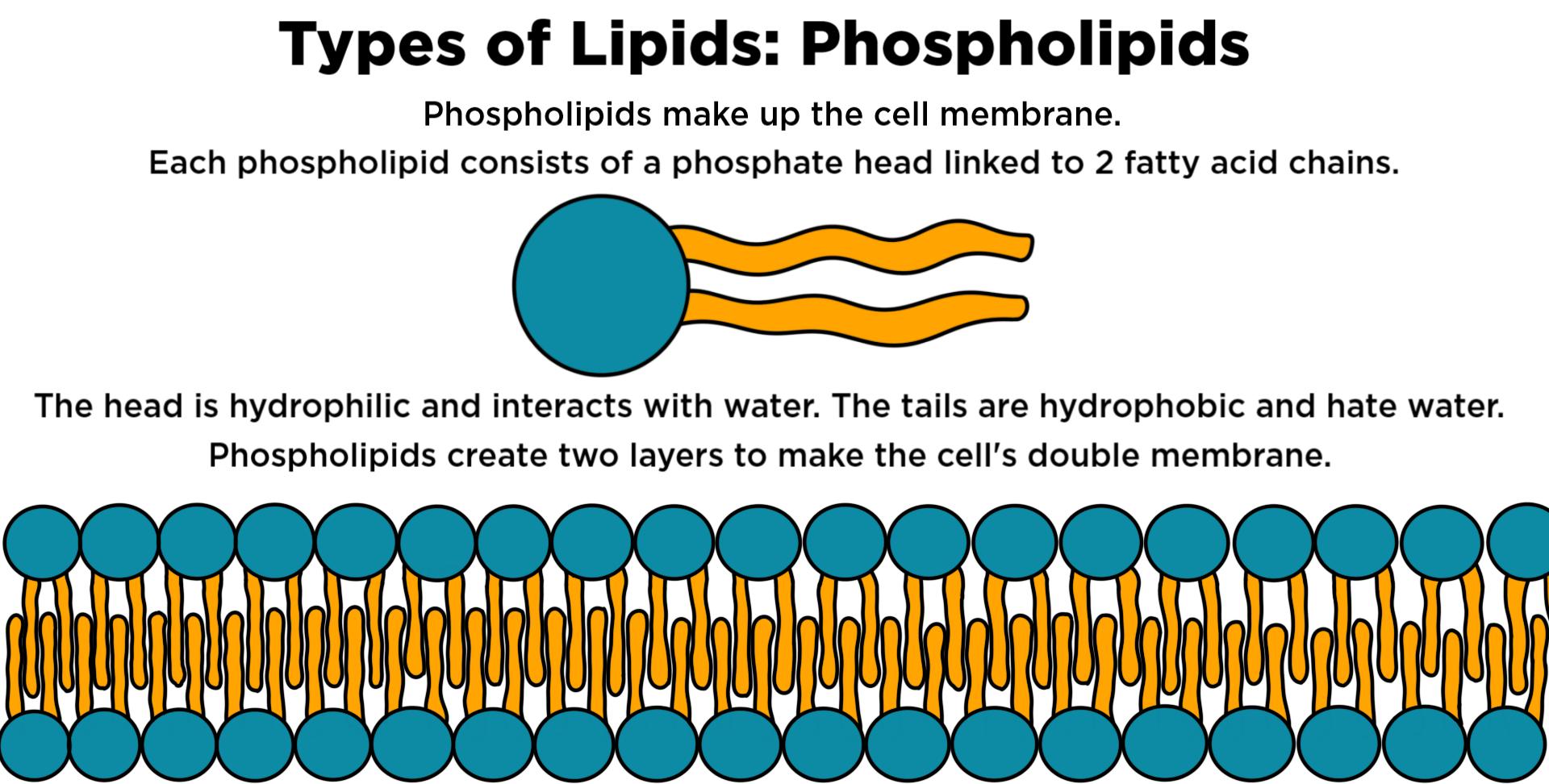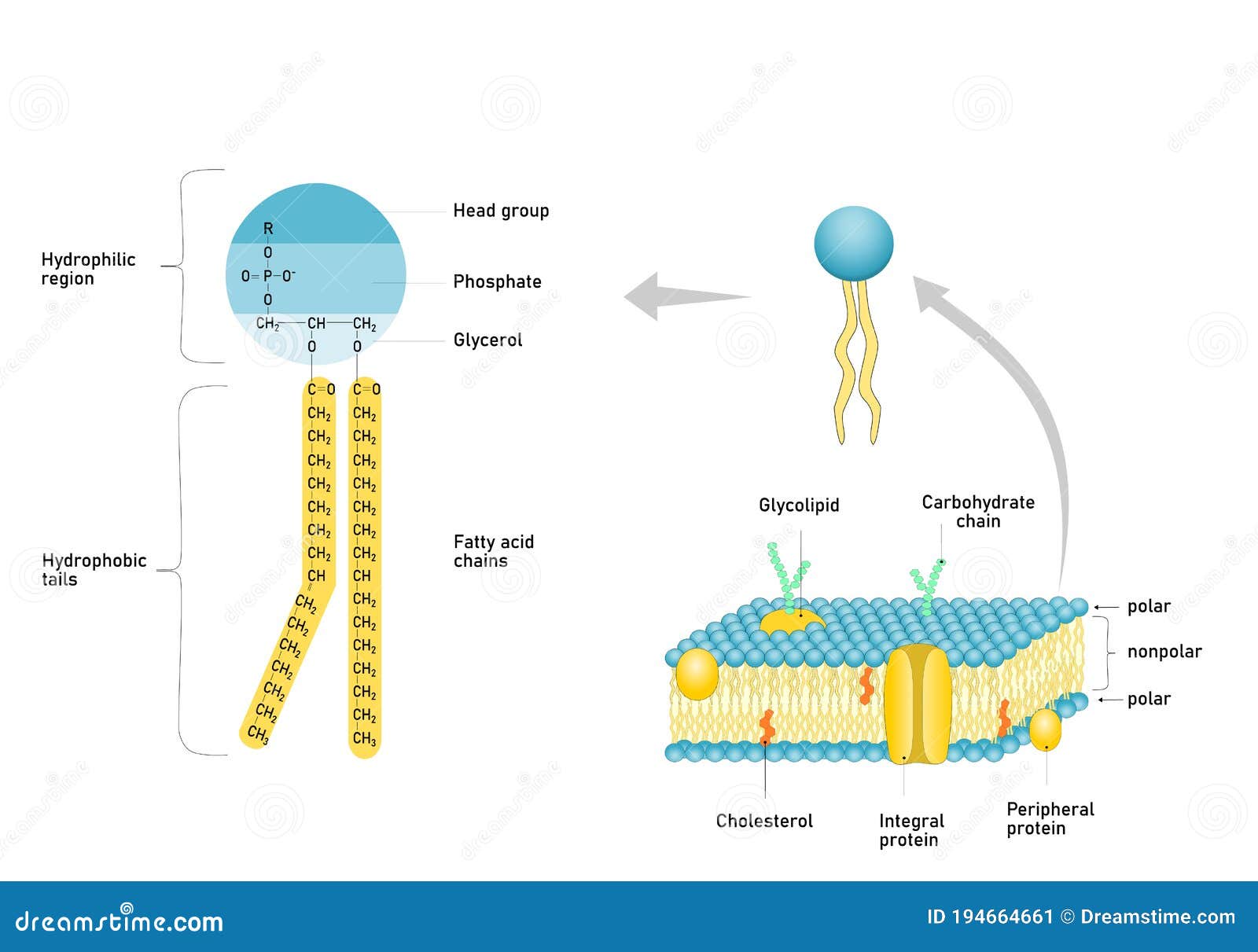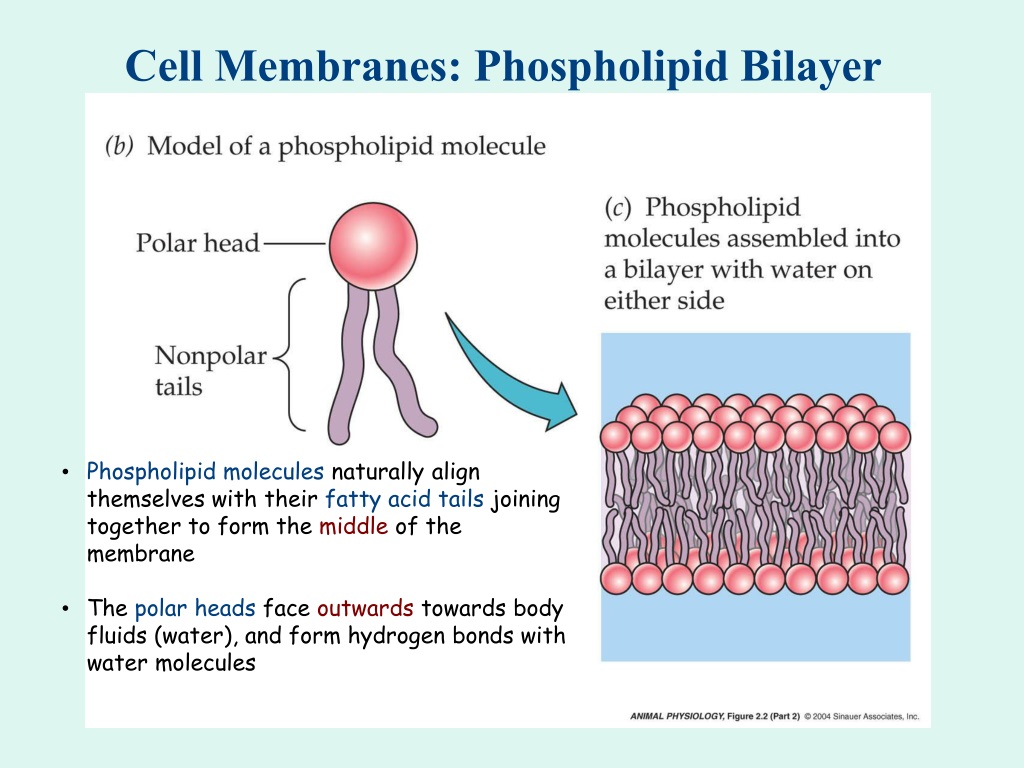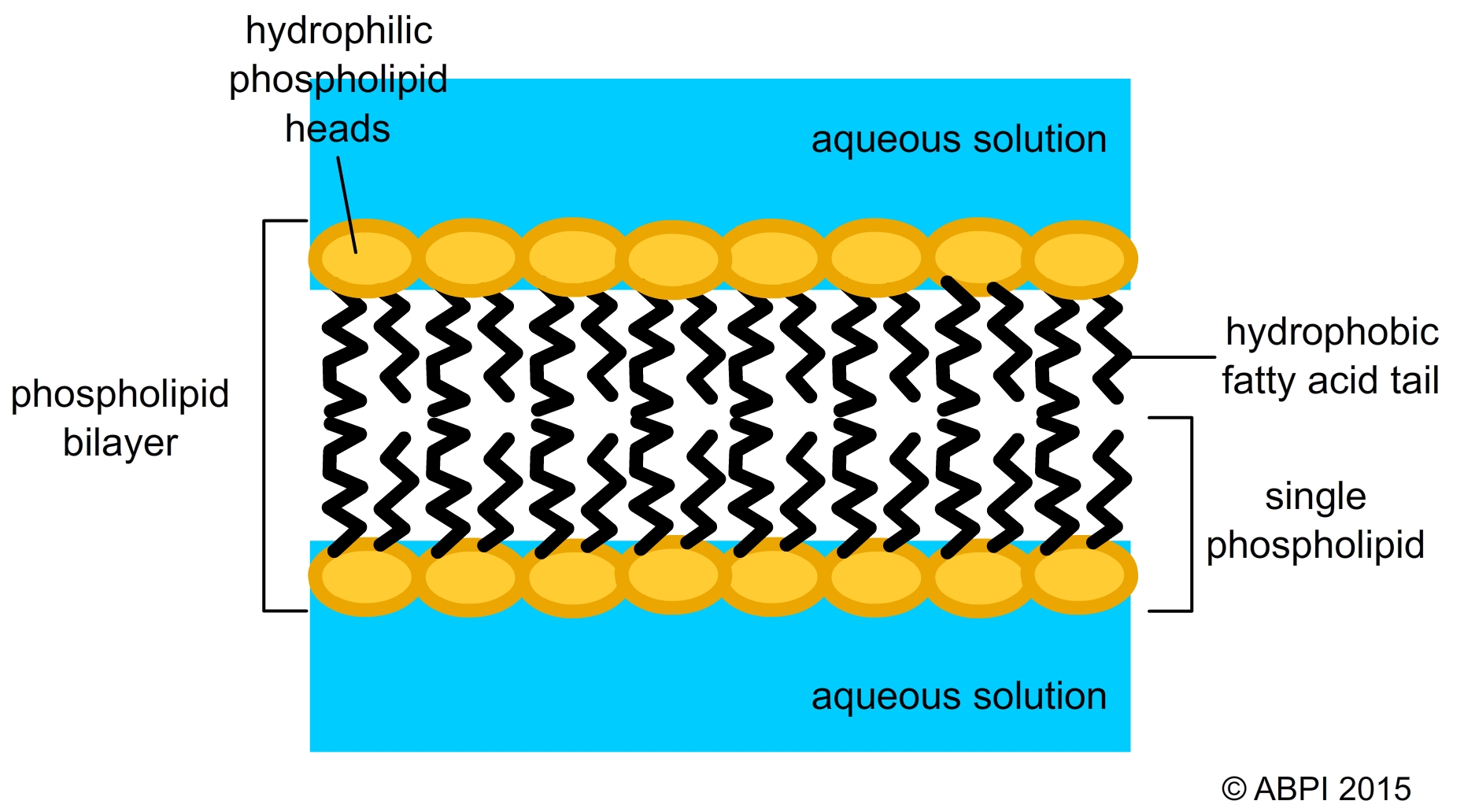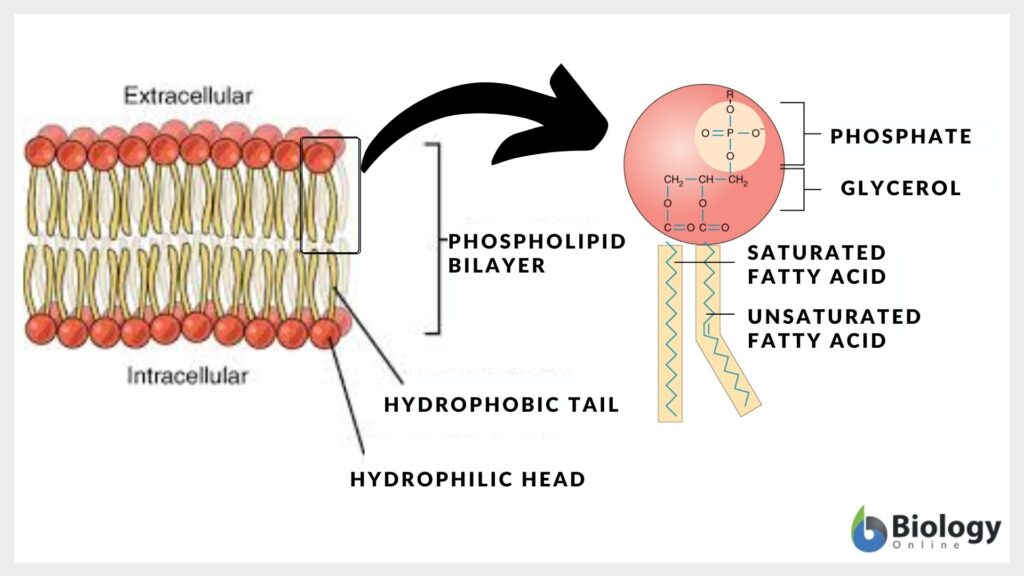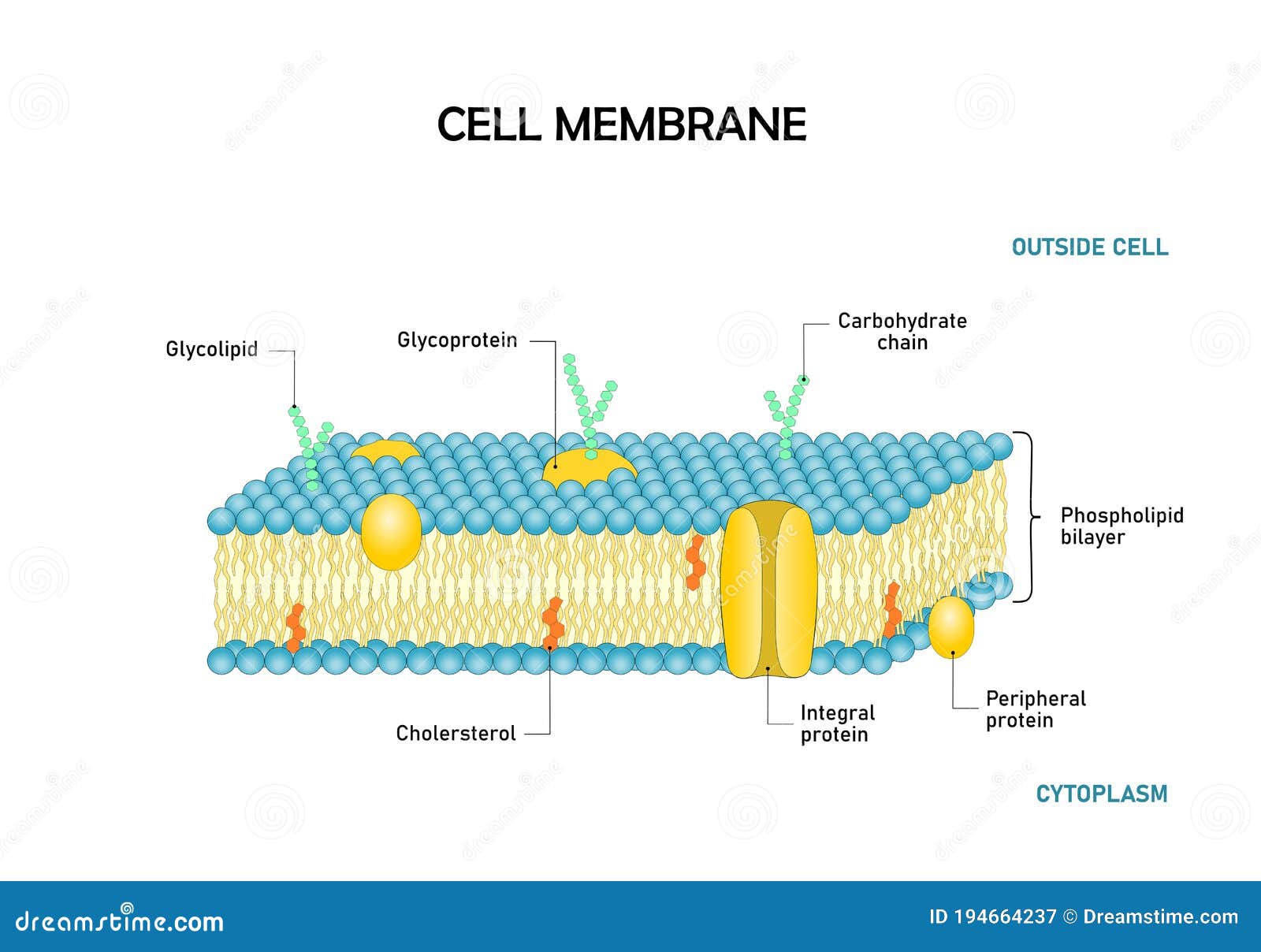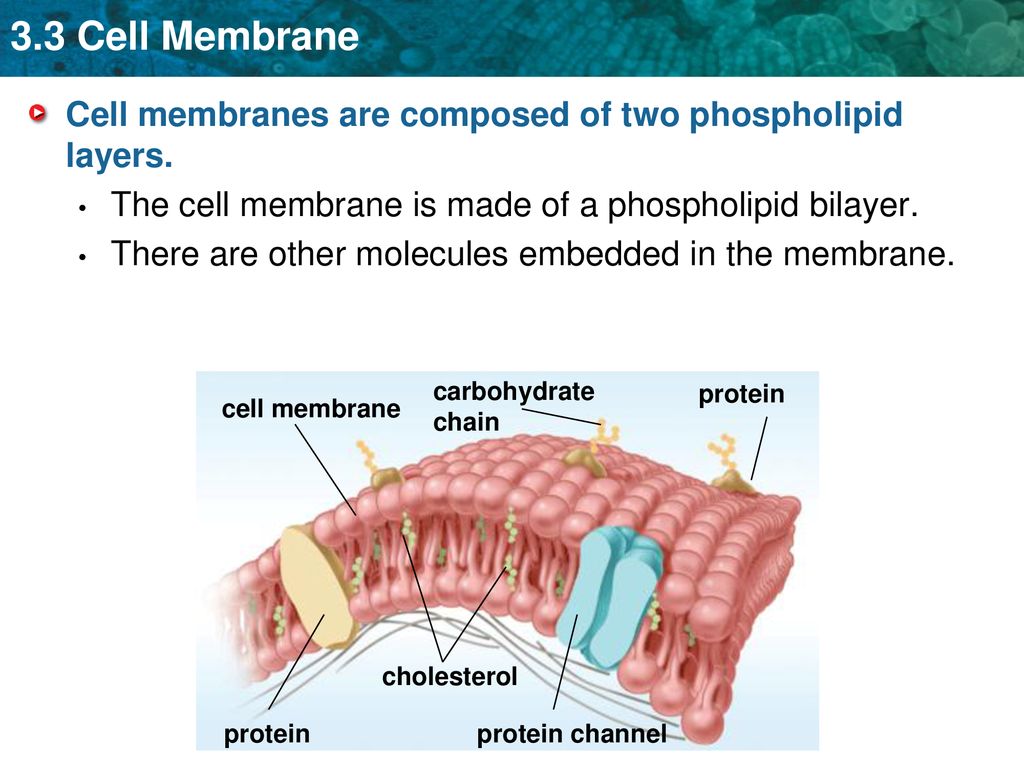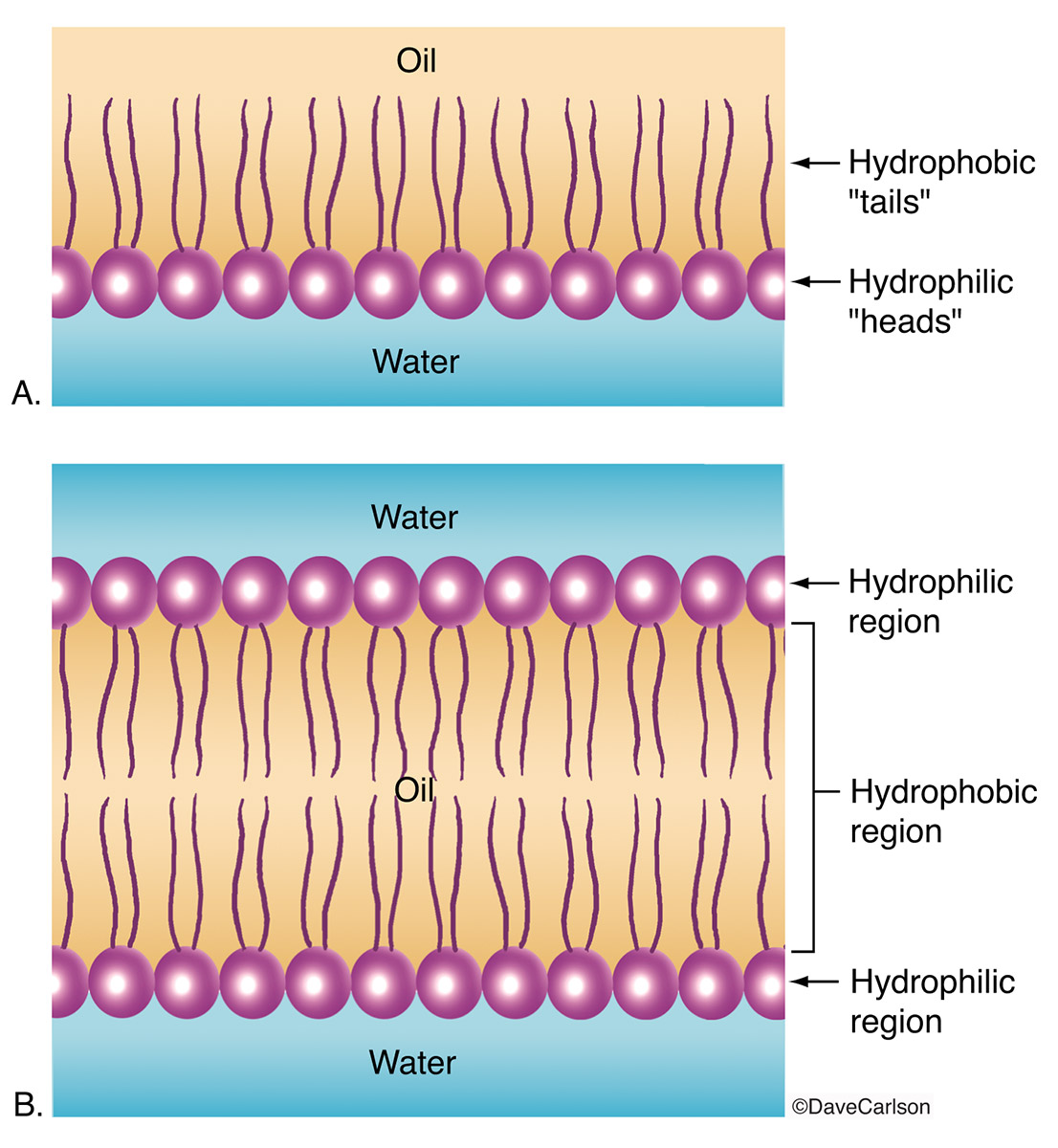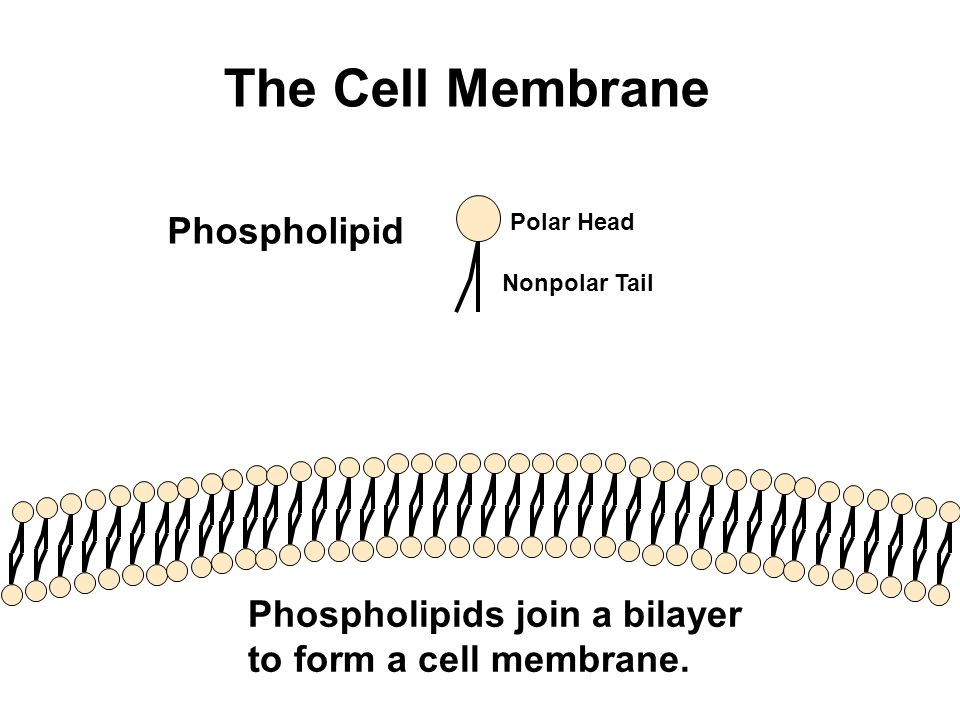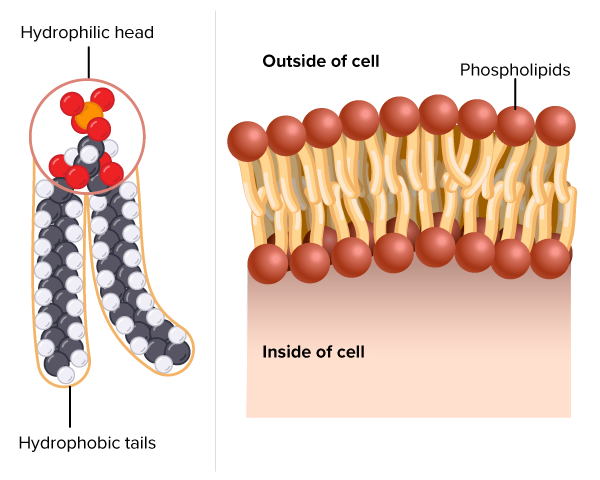Which Contains The Other Cell Membrane Or Phospholipid

The fundamental building blocks of life often seem straightforward, yet the relationship between cellular components can be surprisingly intricate. A common point of confusion, particularly for students of biology, revolves around the cell membrane and phospholipids: which contains the other? The answer, while seemingly simple, requires a clear understanding of their respective structures and roles within a cell.
This article will clarify the hierarchical relationship between the cell membrane and phospholipids. We will dissect their compositions and organization, drawing upon established scientific literature to provide a definitive answer.
Understanding Phospholipids
Phospholipids are a class of lipids that are a major component of all cell membranes. They are amphipathic molecules, meaning they possess both hydrophilic (water-attracting) and hydrophobic (water-repelling) regions.
A typical phospholipid consists of a glycerol backbone linked to two fatty acid tails (hydrophobic) and a phosphate group (hydrophilic). The phosphate group is often modified with additional polar molecules, further enhancing its hydrophilic character.
The Amphipathic Nature Explained
The dual nature of phospholipids is crucial to their function. This allows them to spontaneously assemble into structures where the hydrophobic tails are shielded from water, while the hydrophilic heads interact with the aqueous environment.
This self-assembly leads to the formation of bilayers, which are the structural foundation of cell membranes.
The Cell Membrane: A Phospholipid Bilayer and More
The cell membrane, also known as the plasma membrane, is a biological membrane that separates the interior of all cells from the outside environment (extracellular space). It is a complex structure composed primarily of a phospholipid bilayer.
However, the cell membrane is not solely made of phospholipids. It also contains other important components like proteins, carbohydrates, and cholesterol.
Proteins embedded within or attached to the phospholipid bilayer perform a variety of functions, including transport, signaling, and enzymatic activity. Carbohydrates, usually attached to proteins or lipids on the outer surface, play a role in cell recognition and signaling. Cholesterol helps to regulate the fluidity of the membrane.
The Fluid Mosaic Model
The current model of the cell membrane is the fluid mosaic model, proposed by Singer and Nicolson in 1972. This model describes the cell membrane as a fluid structure with a "mosaic" of various proteins embedded in or attached to the phospholipid bilayer.
The phospholipid bilayer provides the basic structure, while the proteins and other molecules carry out specific functions. This model highlights the dynamic and complex nature of the cell membrane.
Which Contains Which? The Definitive Answer
The relationship is hierarchical: the cell membrane contains phospholipids. Phospholipids are a major component of the cell membrane, forming the structural foundation of the bilayer.
The cell membrane is a more complex and encompassing structure. It includes not only phospholipids but also proteins, carbohydrates, and cholesterol.
Therefore, phospholipids are a subset of the components found within the cell membrane. They are essential building blocks, but not the entirety of the structure.
Significance and Impact
Understanding the composition and structure of the cell membrane is fundamental to understanding cell biology. It impacts fields ranging from medicine and pharmacology to biotechnology and materials science.
For instance, drug delivery systems often target cell membranes to facilitate the entry of therapeutic agents into cells. Knowledge of the cell membrane's properties is critical for designing effective drug carriers.
Further research into cell membrane structure and function continues to yield new insights into cellular processes. This knowledge paves the way for innovative treatments and technologies.
Conclusion
The cell membrane is a complex structure built upon a foundation of phospholipids. While phospholipids are crucial components of the cell membrane, the membrane also includes proteins, carbohydrates, and cholesterol, each playing a vital role in cellular function. The cell membrane *contains* phospholipids, not the other way around.

